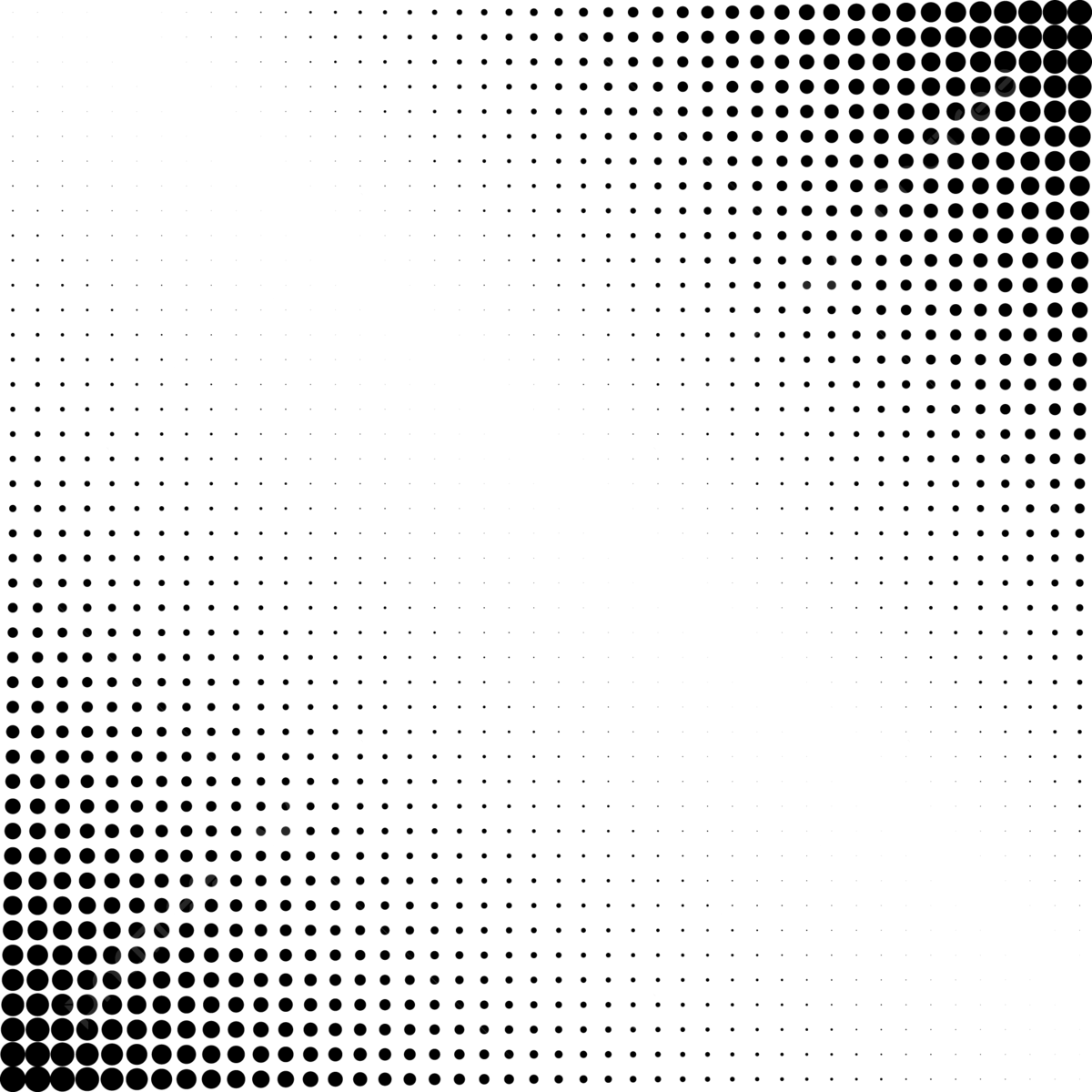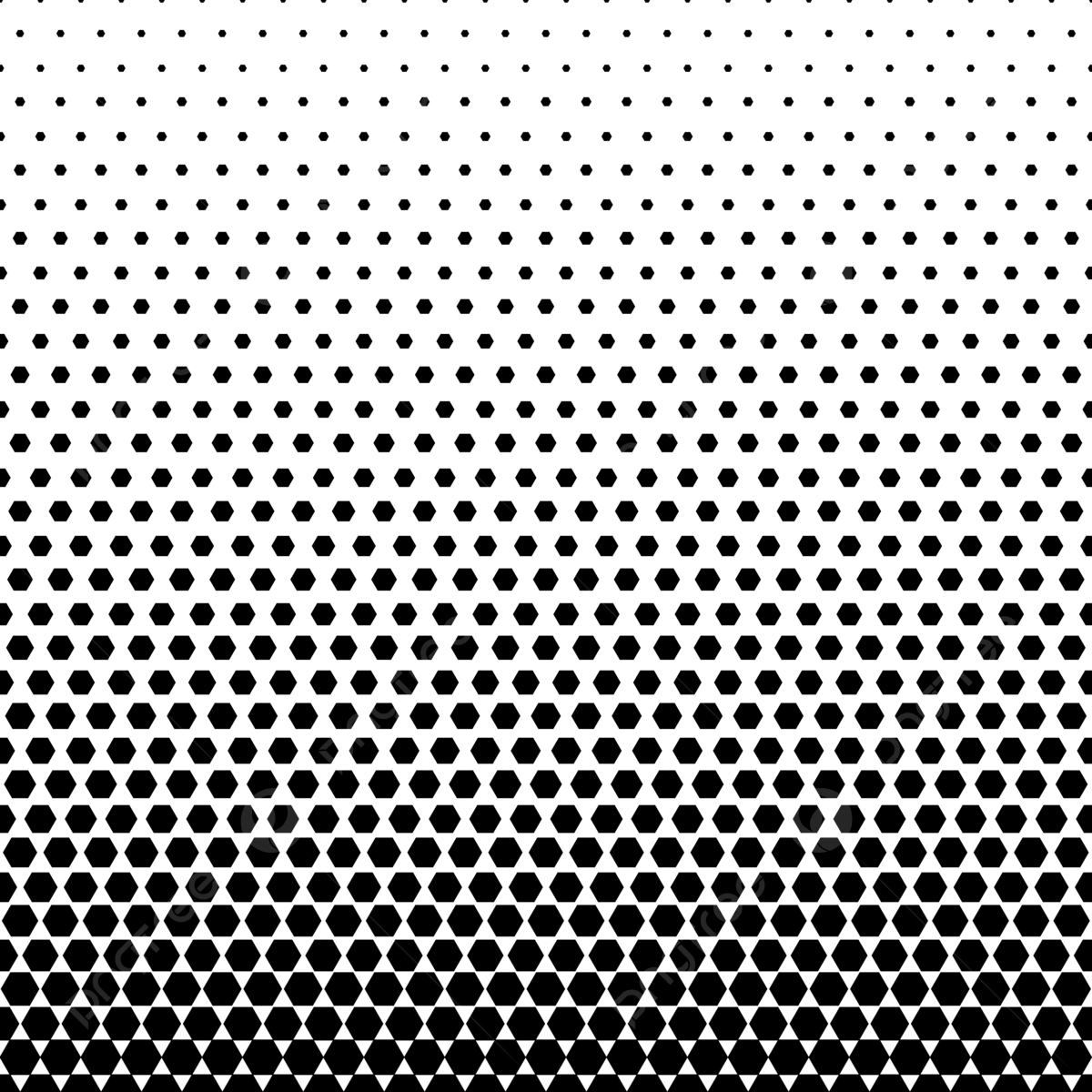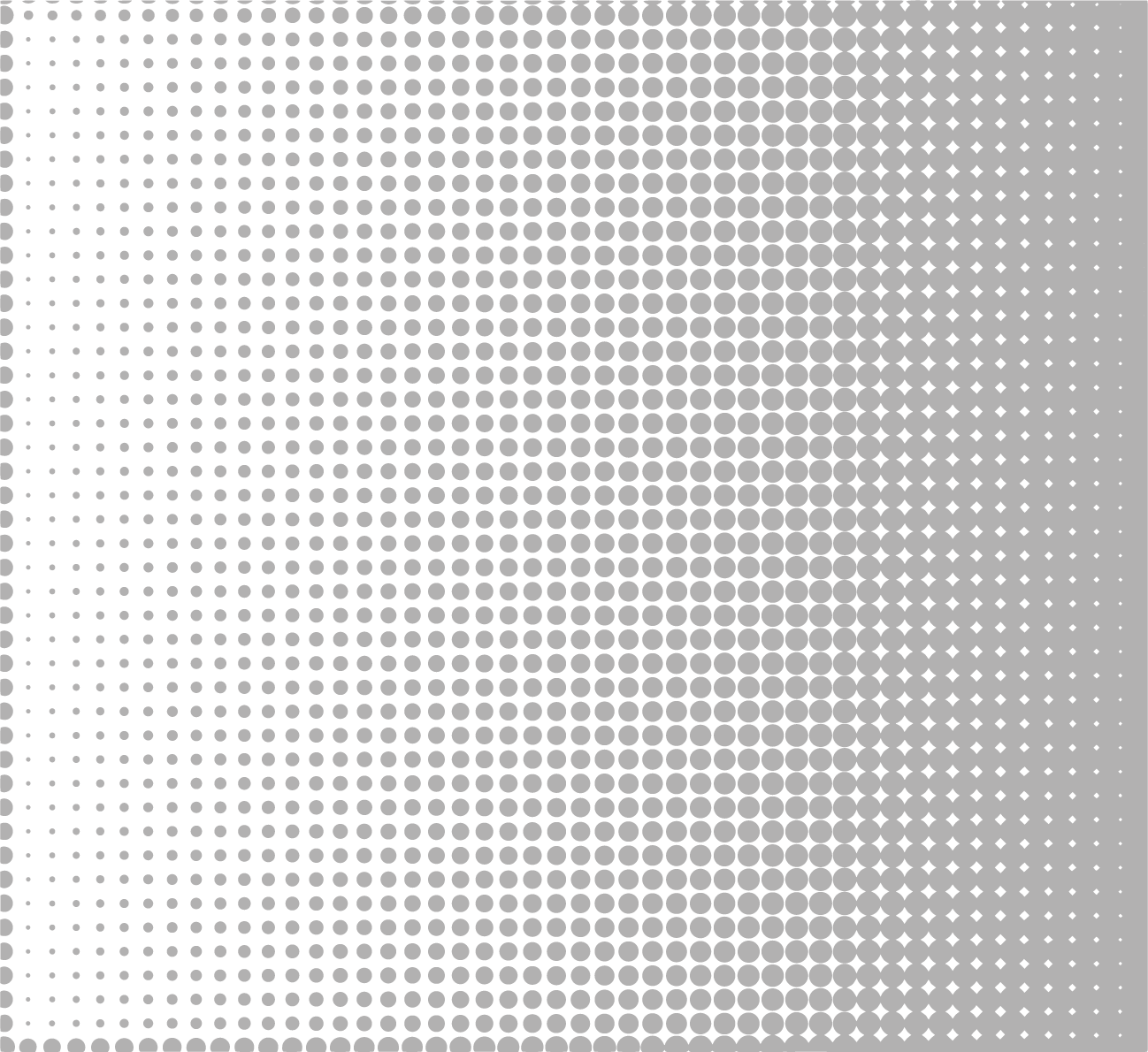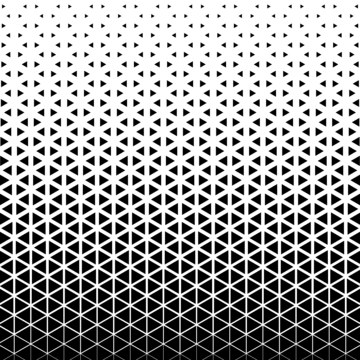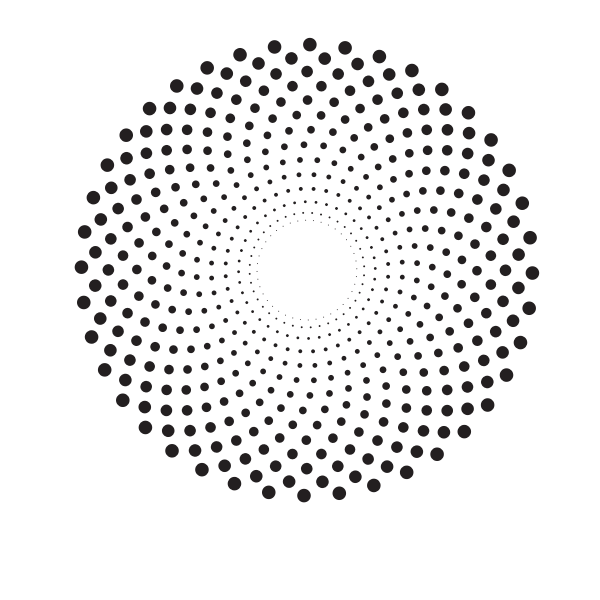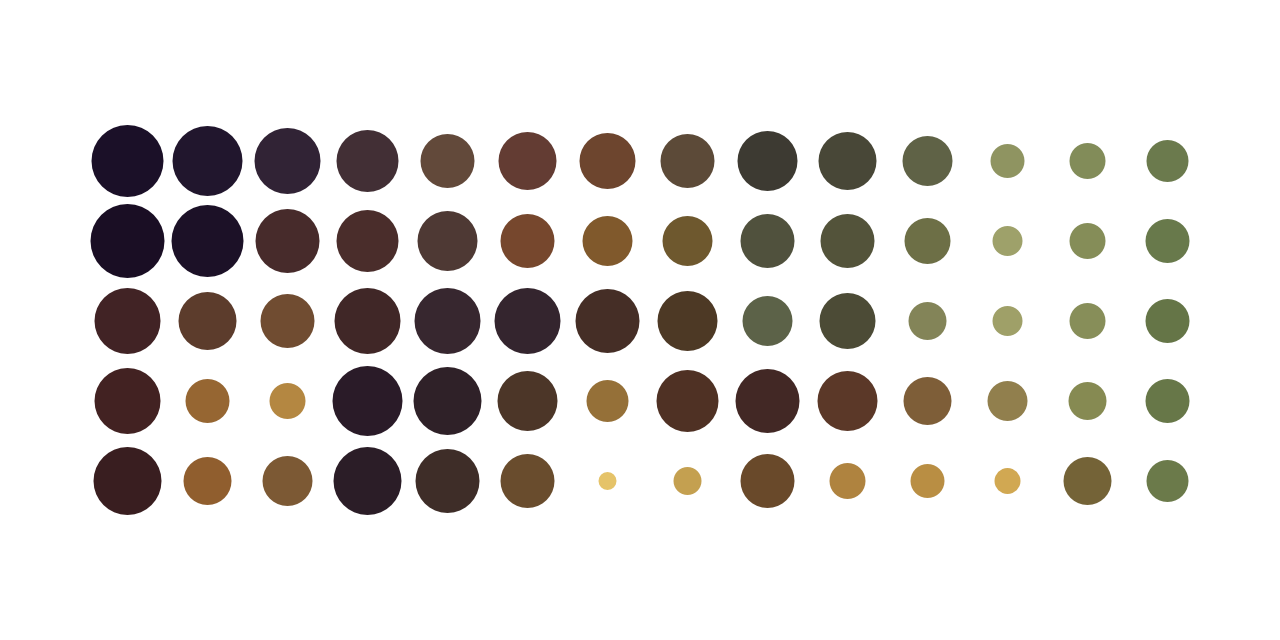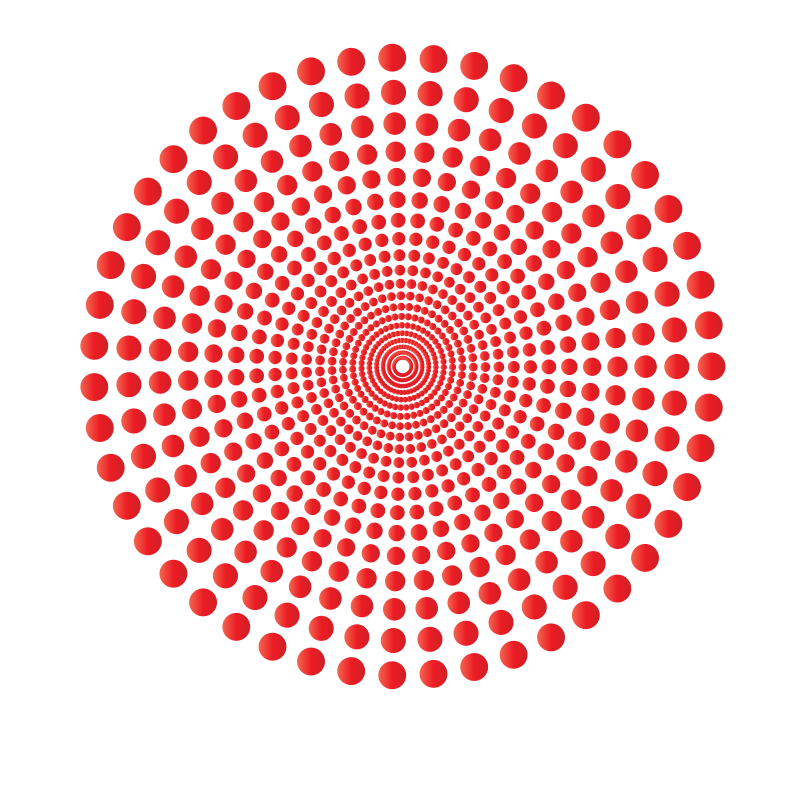Download top and best high-quality free Halftone PNG Transparent Images backgrounds available in various sizes. To view the full PNG size resolution click on any of the below image thumbnail.
License Info: Creative Commons 4.0 BY-NC
Halftone is a printing technique that involves creating images or texts using a series of dots. These dots come in varying sizes and densities, which combine to create the illusion of continuous tones and shades in the final print.
Halftones were first developed in the late 19th century as a way to reproduce photographic images in print. The original halftone process involved engraving images onto metal plates, which were then inked and pressed onto paper. Today, halftone printing is done using digital imaging software, which allows for greater control and flexibility.
How halftone works
The halftone process involves breaking down an image into a series of dots. The size, shape, and density of these dots determine the tones and shades in the final print.
In traditional halftone printing, the dots are arranged in a grid pattern. The distance between the dots, known as the dot pitch, determines the resolution of the print. The closer the dots are together, the higher the resolution and the finer the details in the print.
Modern digital halftone printing uses more sophisticated algorithms to create halftones. Instead of a simple grid pattern, the software analyzes the image and creates a customized dot pattern that matches the image’s specific tones and shades. This results in a more accurate and higher quality print.
Applications of halftone
Halftone printing can be used to create a variety of printed materials, including photographs, illustrations, and text. It is commonly used in newspapers, magazines, and books, as well as in commercial printing.
Halftone printing is also used in the production of screen printing and textile printing. In these applications, the halftone dots are used to create stencils that are used to transfer the image onto fabric or other materials.
Types of halftone
There are several different types of halftone, each with its own unique characteristics and applications. Some of the most commonly used types of halftone include:
- Amplitude Modulation (AM): In this type of halftone, the density of the dots varies, creating a high-contrast, sharp image. It is commonly used in newspapers and other publications that require a high level of detail.
- Frequency Modulation (FM): In FM halftone, the dots are the same size, but the distance between them varies. This results in a more uniform, softer image. It is often used in high-end printing applications, such as fine art prints and photography books.
- Stochastic: Stochastic halftone is a more advanced type of FM halftone. It uses a completely random dot pattern, resulting in a very fine, detailed image. It is often used in high-end printing applications, such as art reproductions and fine art books.
Advantages of halftone
Halftone printing offers several advantages over other printing techniques, including:
- High-quality images: Halftone printing can reproduce photographic images with a high level of detail and clarity.
- Flexibility: Halftone printing can be done on a variety of materials, including paper, fabric, and plastic.
- Cost-effective: Halftone printing is a cost-effective way to print high-quality images and text, especially in large quantities.
- Versatility: Halftone printing can create a range of effects, including shadows, highlights, and gradients.
Disadvantages of halftone
Despite its many advantages, halftone printing also has some limitations, including:
- Loss of detail: In order to create halftone images, some detail is lost as the image is broken down into dots.
- Dot gain: When printing halftones, the ink can spread into the spaces between the dots, resulting in a loss of sharpness and detail.
- Color limitations: Halftone printing is generally limited to four colors (CMYK), which can result in less accurate color reproduction.
- Resolution limitations: Halftone prints are limited by the resolution of the printer, which can result in a loss of detail and clarity at lower resolutions.
Conclusion
Halftone printing is a versatile, cost-effective way to create high-quality images and text in print. Whether used for newspapers, books, or fine art prints, halftone printing remains an important and widely used printing technique today.
Download Halftone PNG images transparent gallery
- Halftone PNG Pic
Resolution: 1162 × 1212
Size: 126 KB
Image Format: .png
Download
- Halftone PNG Picture
Resolution: 2560 × 1600
Size: 266 KB
Image Format: .png
Download
- Halftone PNG
Resolution: 1200 × 1200
Size: 172 KB
Image Format: .png
Download
- Halftone Transparent
Resolution: 1200 × 1200
Size: 118 KB
Image Format: .png
Download
- Halftone
Resolution: 749 × 721
Size: 44 KB
Image Format: .png
Download
- Halftone Background PNG
Resolution: 1024 × 927
Size: 567 KB
Image Format: .png
Download
- Halftone No Background
Resolution: 360 × 360
Size: 75 KB
Image Format: .png
Download
- Halftone PNG Background
Resolution: 1024 × 819
Size: 166 KB
Image Format: .png
Download
- Halftone PNG Clipart
Resolution: 794 × 500
Size: 89 KB
Image Format: .png
Download
- Halftone PNG Cutout
Resolution: 2326 × 2326
Size: 411 KB
Image Format: .png
Download
- Halftone PNG File
Resolution: 1162 × 1194
Size: 59 KB
Image Format: .png
Download
- Halftone PNG Free Image
Resolution: 1308 × 980
Size: 296 KB
Image Format: .png
Download
- Halftone PNG HD Image
Resolution: 582 × 800
Size: 86 KB
Image Format: .png
Download
- Halftone PNG Image File
Resolution: 1298 × 1190
Size: 129 KB
Image Format: .png
Download
- Halftone PNG Image HD
Resolution: 512 × 512
Size: 70 KB
Image Format: .png
Download
- Halftone PNG Image
Resolution: 1162 × 1213
Size: 60 KB
Image Format: .png
Download
- Halftone PNG Images HD
Resolution: 360 × 360
Size: 29 KB
Image Format: .png
Download
- Halftone PNG Images
Resolution: 600 × 600
Size: 85 KB
Image Format: .png
Download
- Halftone PNG Photo
Resolution: 1280 × 640
Size: 58 KB
Image Format: .png
Download
- Halftone PNG Photos
Resolution: 800 × 800
Size: 189 KB
Image Format: .png
Download
